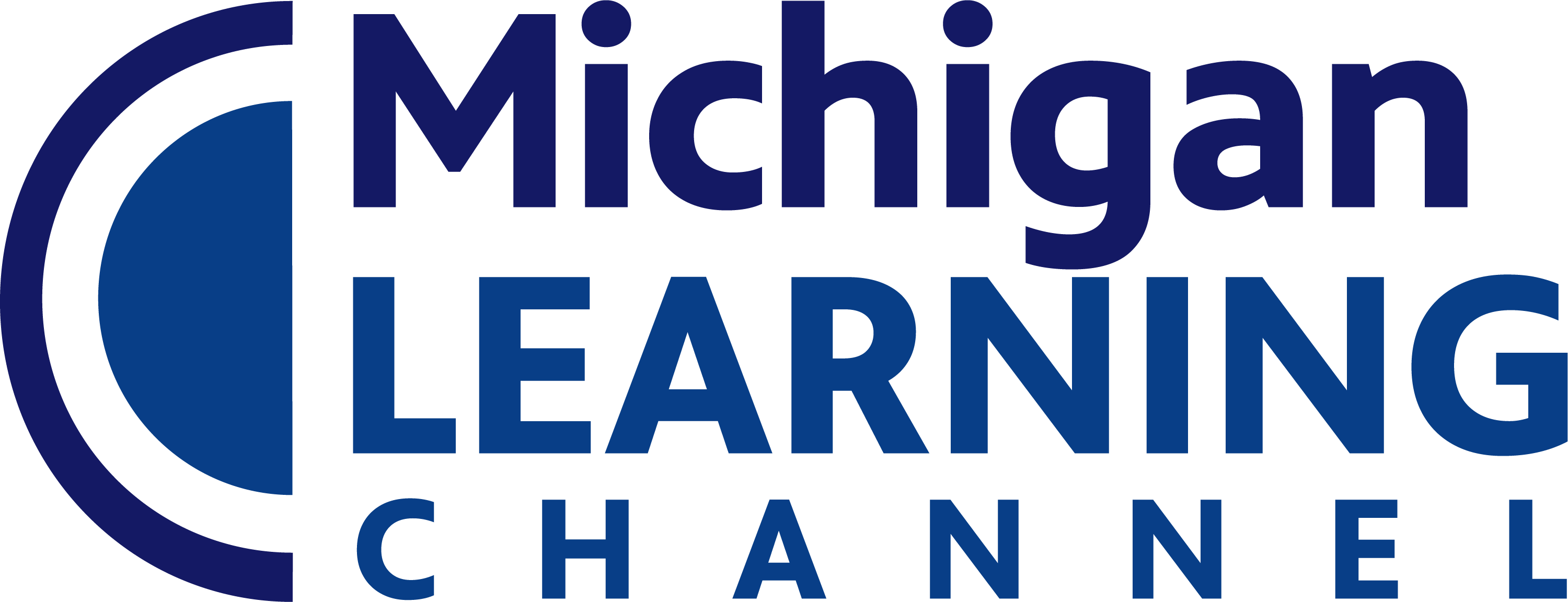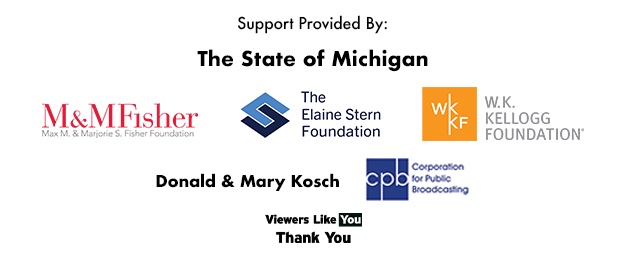Grades
Standard
Produce and expand complete sentences in shared language activities.
I can capitalize the first word in a sentence and the pronoun I. I can recognize and name end punctuation. [...]
Write a letter or letters for most consonant and short-vowel sounds (phonemes).
Spell simple words phonetically, drawing on knowledge of sound-letter relationships.
Demonstrate understanding of spoken words, syllables, and sounds (phonemes).
I can recognize words that rhyme. I can produce words that rhyme.
Blend and segment onsets and rimes of single-syllable spoken words.
I can identify the beginning sound, vowel sound, and end sound of words (three-phoneme words). I can spell words by [...]
Add or substitute individual sounds (phonemes) in simple, one-syllable words to make new words.
I can recognize and produce the sounds of each letter. I can read sight words.
Demonstrate basic knowledge of letter-sound correspondences by producing the primary or most frequent sound for each consonant.
Associate the long and short sounds with the common spellings (graphemes) for the five major vowels.
Read common high-frequency words by sight. (e.g., the, of, to, you, she, my, is, are, do, does).
Distinguish between similarly spelled words by identifying the sounds of the letters that differ.
I can read the words in grade level texts accurately. I can use the pictures in a book to describe [...]
I can use pictures and words to tell what I think about a topic or a book.
I can tell a story about something that happened. I can tell what happened first, next, and last. I can [...]
I can use digital tools to produce and publish my writing with help from adults.
I can work with others to research a topic. I can work with others to write about a research topic.
I can use my words to share my thoughts and ideas with a partner or group. I can listen to [...]
I can look at the illustrations in the text and describe what I see. I can explain how illustrations help [...]
I can compare and contrast the experiences of the characters in a story.
I can respond to books by sharing my thoughts and ideas. I can respond to books by asking or answering [...]
I can tell how two people, places, or things are connected in text.
I can identify the front cover, back cover, and title page of a book.
I can look at the illustrations in the text and describe what I see.
I can tell the reasons an author gives to support points in the text.
I can tell what is the same between two texts about the same thing.
Demonstrate understanding of the organization and basic features of print.
I can hold a book correctly. I can recognize how books are read from left to right and top to [...]
I can recognize that words are created by putting letters together in a specific order.
I can recognize that words are separated by spaces before and after them.
I can identify an uppercase and/or lowercase letter by saying its name.
(+) Calculate expected values and use them to solve problems. Calculate the expected value of a random variable; interpret it [...]
(+) Develop a probability distribution for a random variable defined for a sample space in which theoretical probabilities can be [...]
(+) Develop a probability distribution for a random variable defined for a sample space in which probabilities are assigned empirically; [...]
Grades
Standard
Produce and expand complete sentences in shared language activities.
I can capitalize the first word in a sentence and the pronoun I. I can recognize and name end punctuation. [...]
Write a letter or letters for most consonant and short-vowel sounds (phonemes).
Spell simple words phonetically, drawing on knowledge of sound-letter relationships.
Demonstrate understanding of spoken words, syllables, and sounds (phonemes).
I can recognize words that rhyme. I can produce words that rhyme.
Blend and segment onsets and rimes of single-syllable spoken words.
I can identify the beginning sound, vowel sound, and end sound of words (three-phoneme words). I can spell words by [...]
Add or substitute individual sounds (phonemes) in simple, one-syllable words to make new words.
I can recognize and produce the sounds of each letter. I can read sight words.
Demonstrate basic knowledge of letter-sound correspondences by producing the primary or most frequent sound for each consonant.
Associate the long and short sounds with the common spellings (graphemes) for the five major vowels.
Read common high-frequency words by sight. (e.g., the, of, to, you, she, my, is, are, do, does).
Distinguish between similarly spelled words by identifying the sounds of the letters that differ.
I can read the words in grade level texts accurately. I can use the pictures in a book to describe [...]
I can use pictures and words to tell what I think about a topic or a book.
I can tell a story about something that happened. I can tell what happened first, next, and last. I can [...]
I can use digital tools to produce and publish my writing with help from adults.
I can work with others to research a topic. I can work with others to write about a research topic.
I can use my words to share my thoughts and ideas with a partner or group. I can listen to [...]
I can look at the illustrations in the text and describe what I see. I can explain how illustrations help [...]
I can compare and contrast the experiences of the characters in a story.
I can respond to books by sharing my thoughts and ideas. I can respond to books by asking or answering [...]
I can tell how two people, places, or things are connected in text.
I can identify the front cover, back cover, and title page of a book.
I can look at the illustrations in the text and describe what I see.
I can tell the reasons an author gives to support points in the text.
I can tell what is the same between two texts about the same thing.
Demonstrate understanding of the organization and basic features of print.
I can hold a book correctly. I can recognize how books are read from left to right and top to [...]
I can recognize that words are created by putting letters together in a specific order.
I can recognize that words are separated by spaces before and after them.
I can identify an uppercase and/or lowercase letter by saying its name.
(+) Calculate expected values and use them to solve problems. Calculate the expected value of a random variable; interpret it [...]
(+) Develop a probability distribution for a random variable defined for a sample space in which theoretical probabilities can be [...]
(+) Develop a probability distribution for a random variable defined for a sample space in which probabilities are assigned empirically; [...]


